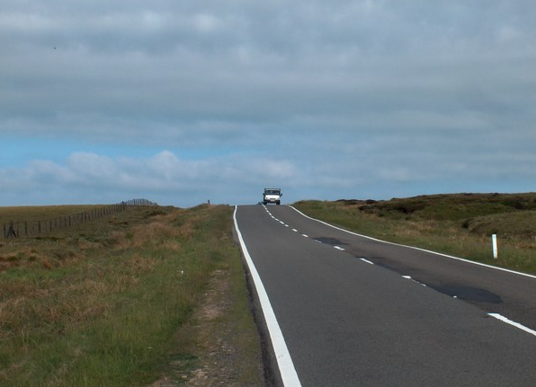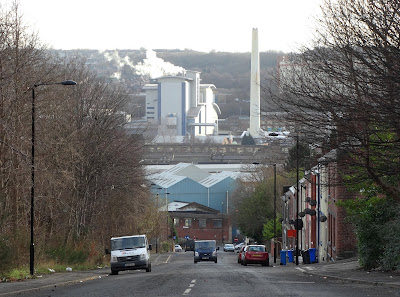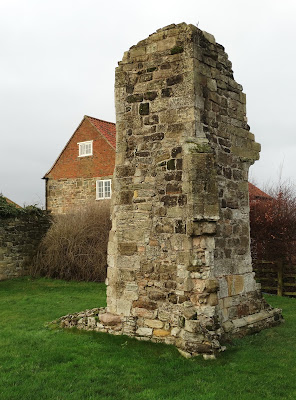It was perishing in Bury yesterday. I had driven across the Pennine hills to the northern Manchester area to watch my beloved Hull City put our Lancashire hosts to the sword with a hat-trick from Arsenal loanee Chuba Akpom. It was bitterly cold at the historic Gigg Lane Stadium with hail and snow amidst spells of sunshine. Thankfully, I had had the foresight to purchase a woolly hat from Bury Market. A snip at £2 and red for visibility when out walking.
I had arrived in Bury for the very first time at 10,30am, after a journey from home that took exactly one hour and fifteen minutes. Logically, my expectation was that the journey home would take roughly the same amount of time.
Sheffield and Manchester are only thirty five miles apart but the most direct roads over the wild hills between these important northern cities are windy, double track routes - The Snake Pass and The Woodhead Pass. We tend to use The Snake Pass as it brings us into our city's south western suburbs whereas The Woodhead Pass brings you first to Stocksbridge and then Hillsborough to the north of the city.
From the M60 Manchester ring road I took the M67 to Mottram and thence to Glossop. All was fine but given the cold and wintry showers, I had a nagging feeling that getting across The Snake Pass beyond Glossop could be problematic. However, I reached the moorland summit without incident or significant concern and that's when I wished I had used a different route.
 |
| A57 Snake Pass summit on a pleasant day in June |
There was a police vehicle up ahead with blue lights flashing in the blackness as a blizzard blustered around. A few other cars were turning around and heading back to Glossop. I noticed a BMW slipping and sliding about and realised that the road over the summit had not been salted. It was treacherous and the snow was now beginning to settle.
As I reached the police vehicle, my headlights illuminated two cars that had flipped over having left the road and another was down in the ditch at a forty five degree angle. A bobby made hand gestures that told me I had to turn back. Just turning around in those conditions wasn't easy with dropping verges at both sides of the tarmac but I made it and carefully returned to Glossop with hazard lights flashing. On the eastern edge of Glossop there was now a police road block and a sign saying "Road Closed" for would-be Snake Pass travellers. Marvellous!
Then on to Mottram where I proceeded to The Woodhead Pass, hoping that it would be passable with care and so it was. Home called. Onwards to Langsett and Stocksbridge, then along to Deepcar and Middlewood and back into the city. I crossed our threshold at 8.15pm - three hours after jumping in the car at Bury and one hour and forty five minutes longer than the journey over had taken. Such is the dedication (or craziness) of staunch Hull City fans.
















































